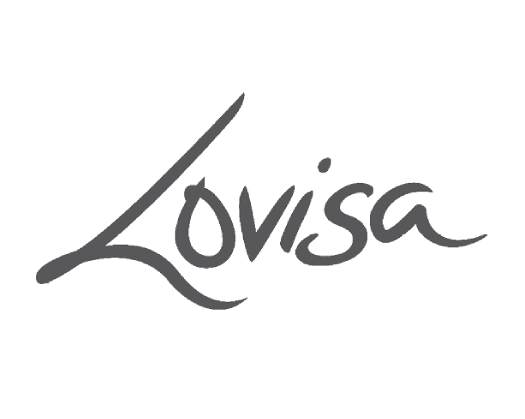Omani heritage has a strong history in craftsmanship, which is particularly evident in the stunning jewellery of Hilia, a hamlet noted for preserving traditional Omani arts. Hilia Omani jewellery is more than simply ornamental; it embodies history, culture, and identity passed down through generations.
A Legacy of Craftsmanship
Hilia, in Oman's Al Dakhiliyah area, is home to skilled artisans who have kept the tradition of jewellerymaking for generations. These artisans create items that are full of symbolism and narrative using traditional methods and tools.
Traditional Hilia jewelry frequently includes:
- Hand-hammered silver
- Intricate filigree designs
- Cultural motifs and tribal symbols
The Function of Jewellery in Omani Culture
Jewellery in Omani society serves more purposes than simply decoration; it is an important aspect of cultural identity and social position. In Hilia, women frequently wear jewelry that represents their tribe, marital status, or family history. Pieces are frequently given as gifts during weddings, Eid, and other significant occasions.
Key varieties of traditional jewelry include:
- Khanjar pendants (symbolic daggers)
- Silver anklets and bracelets
- Hair accessories and necklaces made of beads or coins
- Earrings and nose rings featuring distinctive Omani motifs
Materials and Methods
Most Hilia jewellery is crafted from high-quality silver, a popular choice in Oman for both aesthetic and cultural reasons. The jewellery is frequently handcrafted employing techniques such as:
Filigree Craftsmanship: Fine strands of silver intricately woven into lace-like patterns
Granulation Technique: Small silver beads bonded together to form texture
Stamping and Engraving Methods: Designs and motifs applied using precise chisels
Gold is also used, especially in more modern or ceremonial pieces, but silver is the hallmark of authenticity in Hilia's traditional designs.
Modern Interpretations and Preservation
While the traditions of Hilia jewellerymaking are ancient, younger generations are discovering inventive methods to combine the old and modern. Contemporary Omani designers are blending Hilia motifs into modern apparel, bridging heritage and trend.
Local cooperatives and organizations are also working to:
- Preserve traditional methods.
- Support female artisans.
- Promote Hilia Jewelry in international markets.
Where to Find Hilia Jewelry
Visitors to Oman can purchase genuine Hilia jewelry at:
- Local souqs, particularly those in Nizwa and Muscat.
- Cultural festivals.
- Specialty boutiques that promote Omani artisans.
Some artisans also sell via social media or specialized heritage platforms, allowing Hilia's beauty to reach a worldwide audience.
Why Hilia Jewellery Stands Out
Hilia Jewellery is unique for its:
- Cultural authenticity
- Handcrafted Detail
- Symbolic significance
Each piece has a narrative—not just of the person who wore it, but also of the hands that crafted it. It is jewellery that links the past with the present and tradition with beauty.
Final Thoughts
Whether you're a collector, a culture enthusiast, or simply looking for meaningful adornments, Hilia Oman jewellery offers more than beauty—it offers a piece of Oman’s soul. These handcrafted masterpieces are rich in heritage and artistry, and they continue to shine as symbols of identity, resilience, and timeless elegance.













